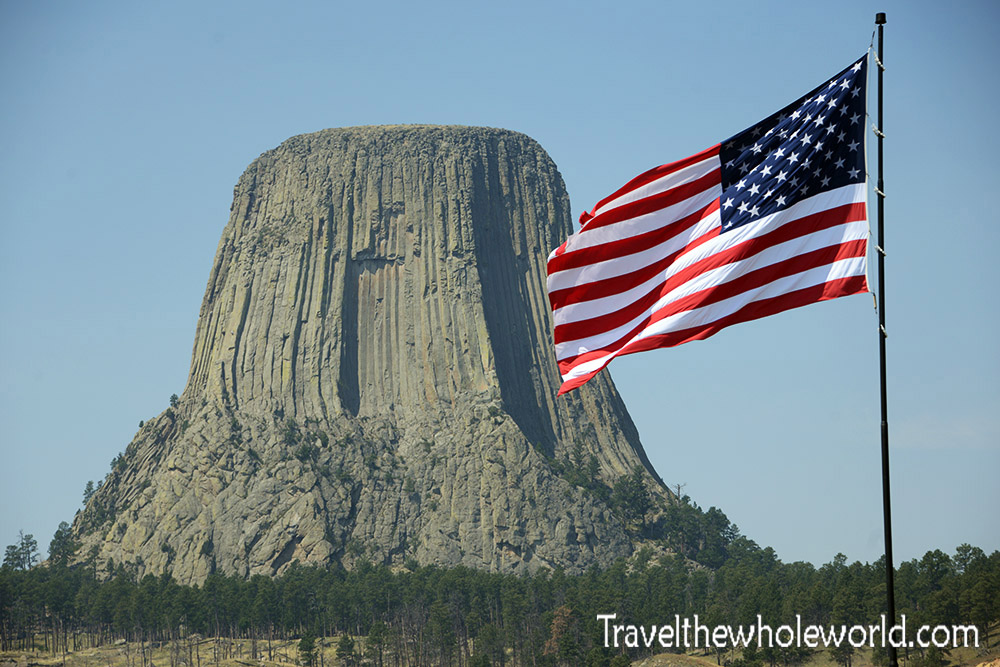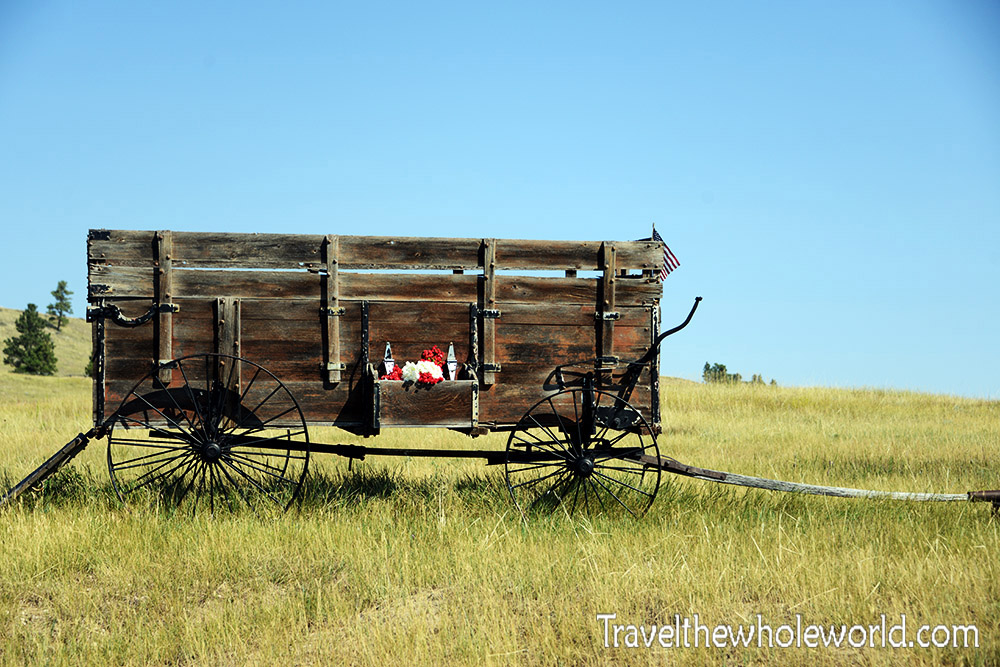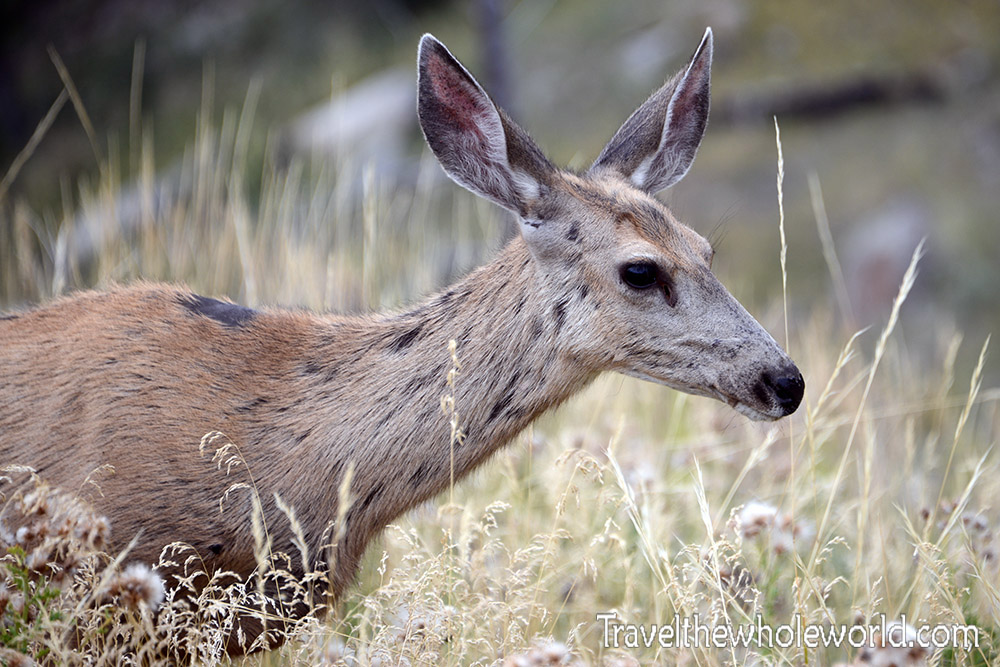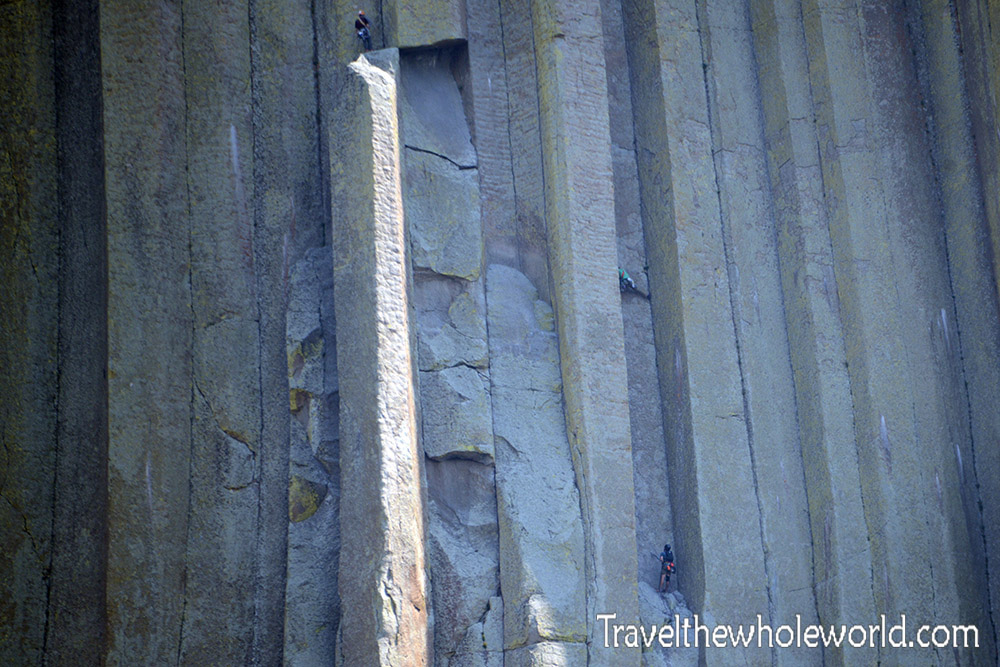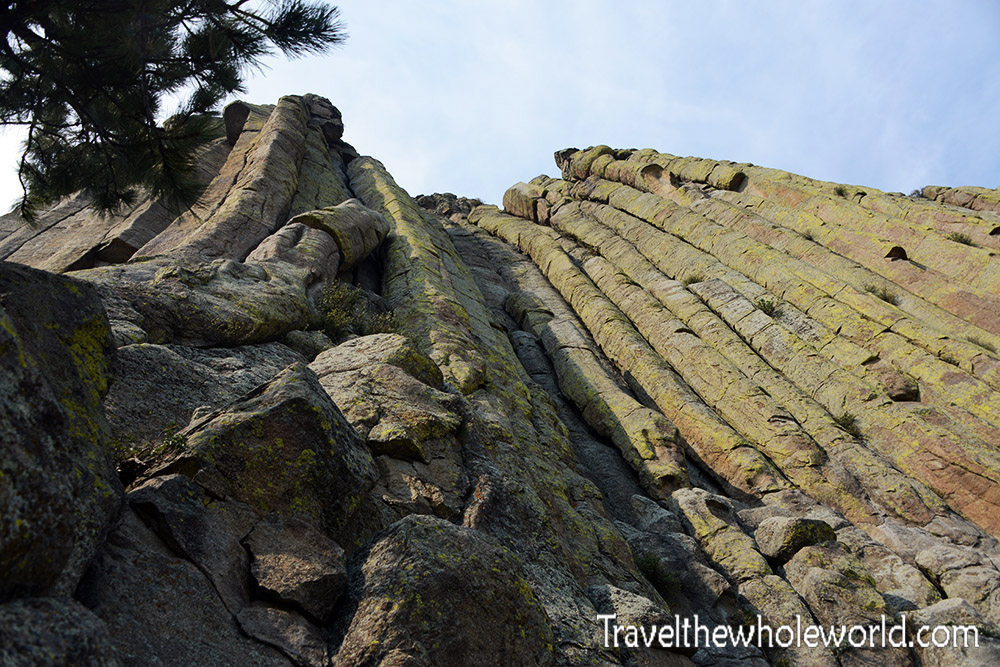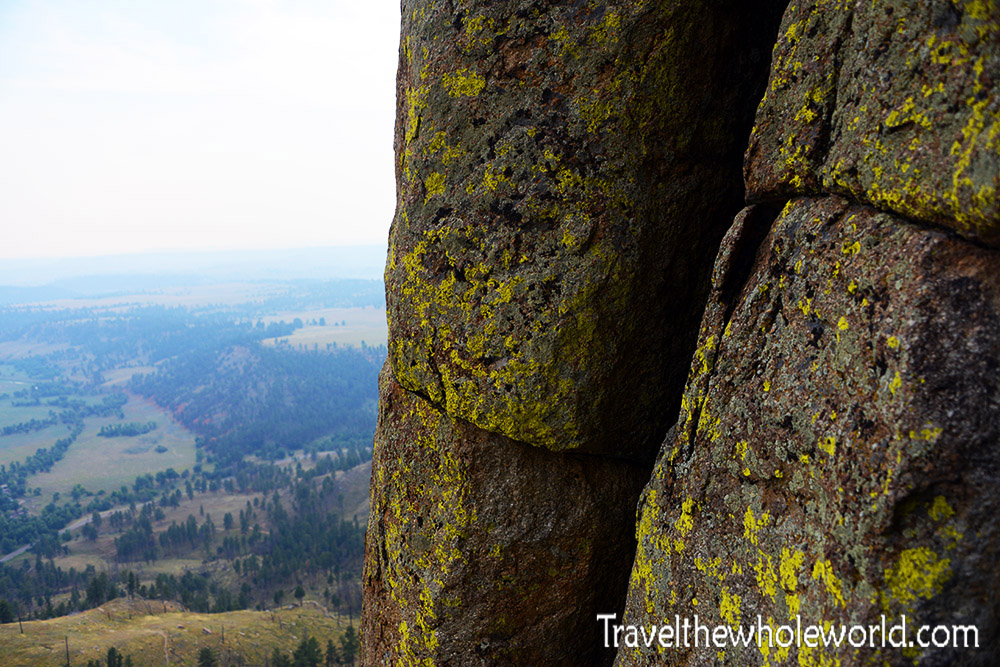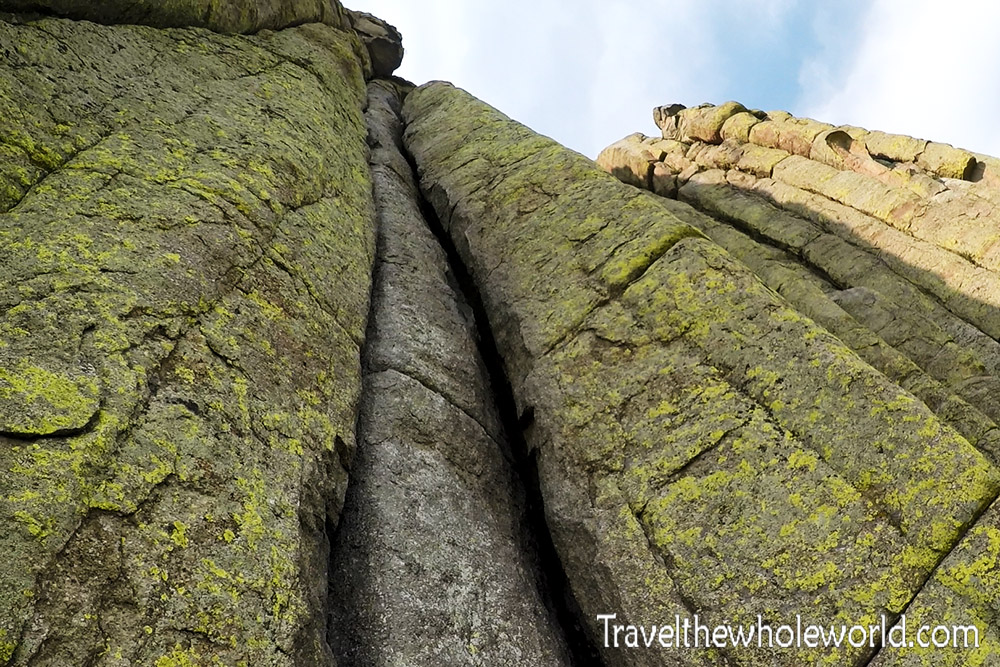Devils Tower
Devils Tower is a place I’ve long wanted to see. I never imaged I’d ever attempt to climb it, and when I finally did it was a bit spontaneous. This is probably one of the most unique rock formations in the world, and definitely in the United States! The photo above is actually my first HDR shot that I ever took. I’ve always frowned about HDR because I thought it was nothing more than heavily photo shopped images, but as it turns out it’s a merger of several photos taken from a tripod and is definitely more difficult than regular photography.
The HDR photo was taken after I was leaving the Devils Tower. I had done my photography and climbing and was back in my car when I noticed the sun was setting directly behind the formation. If you’re curious to see what the tower looks like on a sunny day then I have another shot for you here. I think it’s a bit boring in comparison!
Devils Tower is actually the nation’s first national monument dedicated on September 24, 1906, by President Theodore Roosevelt. It’s on a relatively small piece of land in some remote Wyoming country side. The photo above shows a wagon that was on someone’s property nearby.
The vast majority of people who visit view the tower and take off. It’s nearly a roadside attraction to some people. Others take a hike on one of the many but short trails that circle the tower. When I hiked one of the trails I was surprised to come across this deer above! I didn’t expect any wildlife to be close by with so many people present.
The third group of people who visit come here to go rock climbing. There are several routes up the tower, and these climbers above are doing one of the most difficult ones. For the most part, the majority of the routes involve crack climbing.
My story with Devils Tower was that I had figured I’d gain more experience and attempt it in the fall or in the following year. As there was the total eclipse that passed through Wyoming, I figured I’d try to kill two birds with one stone! I attempted the Durrance Route, which as it turns out isn’t the easiest route but is not considered difficult as far as crack climbing goes. The photo above shows a photo I took after climbing the first section. Next up is the leaning column which you can see on the left side of the photo. After the leaning column you climb up the vertical crack and stand on top of the column.
Up until I topped the leaning column, I had found the climb exceptionally easy. It didn’t take me long to get stuck in my tracks though! After the leaning column is where you being crack climbing. It’s a unique way to climb, something that I had never tried before. The technique involves putting your hand into the crack vertically and then twisting it so that your jam it in place. Once you have your hand jam as it’s called, you use this to pull up your body weight and continue using hand and foot jams all the way up.
I’ve face climbed things several grades harder than what this route was rated, a mere 5.7 on the YDS! Despite it only being a 5.7, I found the crack climbing not intuitive and although I was able to do it I was moving at a painstakingly slow pace. We had also started ridiculously late, at 3pm so time was running out. Although I was able to finish the first crack, it was obvious that I wouldn’t have time to get up the Durrance crack which is photographed above. Again for any crack climber this wouldn’t be much of a challenge, but it was certainly something you need practice with before attempting! A local there told me that crack climbing was like riding a bike, it’s not intuitive and you find yourself constantly falling, but one day something clicks and suddenly you’re able to do it. That didn’t happen on my first attempt, but I will definitely develop the crack climbing technique and return one day!

